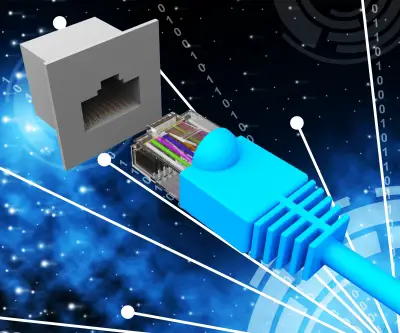Create A Network Bridge on CentOS 7 / RHEL 7

Install Module:
CentOS 7 comes with bridging module loaded on system boot by default, verify it by using below command.#modinfo bridge
filename: /lib/modules/3.10.0-327.el7.x86_64/kernel/net/bridge/bridge.ko alias: rtnl-link-bridge version: 2.3 license: GPL rhelversion: 7.2 srcversion: 905847C53FF43DEFAA0EB3C depends: stp,llc intree: Y vermagic: 3.10.0-327.el7.x86_64 SMP mod_unload modversions signer: CentOS Linux kernel signing key sig_key: 79:AD:88:6A:11:3C:A0:22:35:26:33:6C:0F:82:5B:8A:94:29:6A:B3 sig_hashalgo: sha256If the module is not loaded, you can load it using the following command.
# modprobe --first-time bridgeInstall bridge-utils for controlling the network adaptors.
# yum install bridge-utils -y
Create a Network Bridge:
To create a network bridge, create a file called “ifcfg-virbrN” replacing “N” with a number, such as “0” in the “/etc/sysconfig/network-scripts/“.File doesn’t necessarily to be “virbrN“, you can also give a name like “brN”
# vi /etc/sysconfig/network-scripts/ifcfg-virbr0
Place the following content into that file, modify it according to your environment.
DEVICE="virbr0" BOOTPROTO="static" IPADDR="192.168.12.10" NETMASK="255.255.255.0" GATEWAY="192.168.12.2" DNS1=192.168.12.2 ONBOOT="yes" TYPE="Bridge" NM_CONTROLLED="no"
Now, it’s the time to modify the network configuration of the existing adaptor in such a way that it points to a bridge interface. In this guide, I will use my existing adaptor “eno16777736” for bridging.
# vi /etc/sysconfig/network-scripts/ifcfg-eno16777736
Place the content like below.
DEVICE=eno16777736 TYPE=Ethernet BOOTPROTO=none ONBOOT=yes NM_CONTROLLED=no BRIDGE=virbr0
Restart the network using the following command.
# systemctl restart network
Use ifconfig command to see interface details.
# ifconfig eno16777736: flags=4163 mtu 1500 inet6 fe80::20c:29ff:fe6a:692 prefixlen 64 scopeid 0x20 ether 00:0c:29:6a:06:92 txqueuelen 1000 (Ethernet) RX packets 3822 bytes 302382 (295.2 KiB) RX errors 0 dropped 0 overruns 0 frame 0 TX packets 192 bytes 42924 (41.9 KiB) TX errors 0 dropped 0 overruns 0 carrier 0 collisions 0 lo: flags=73 mtu 65536 inet 127.0.0.1 netmask 255.0.0.0 inet6 ::1 prefixlen 128 scopeid 0x10 loop txqueuelen 0 (Local Loopback) RX packets 0 bytes 0 (0.0 B) RX errors 0 dropped 0 overruns 0 frame 0 TX packets 0 bytes 0 (0.0 B) TX errors 0 dropped 0 overruns 0 carrier 0 collisions 0 virbr0: flags=4163 mtu 1500 inet 192.168.12.10 netmask 255.255.255.0 broadcast 192.168.12.255 inet6 fe80::20c:29ff:fe6a:692 prefixlen 64 scopeid 0x20 ether 00:0c:29:6a:06:92 txqueuelen 0 (Ethernet) RX packets 1454 bytes 109258 (106.6 KiB) RX errors 0 dropped 0 overruns 0 frame 0 TX packets 179 bytes 34372 (33.5 KiB) TX errors 0 dropped 0 overruns 0 carrier 0 collisions 0
Reference:
Redhat Documentation
Comentários
Postar um comentário